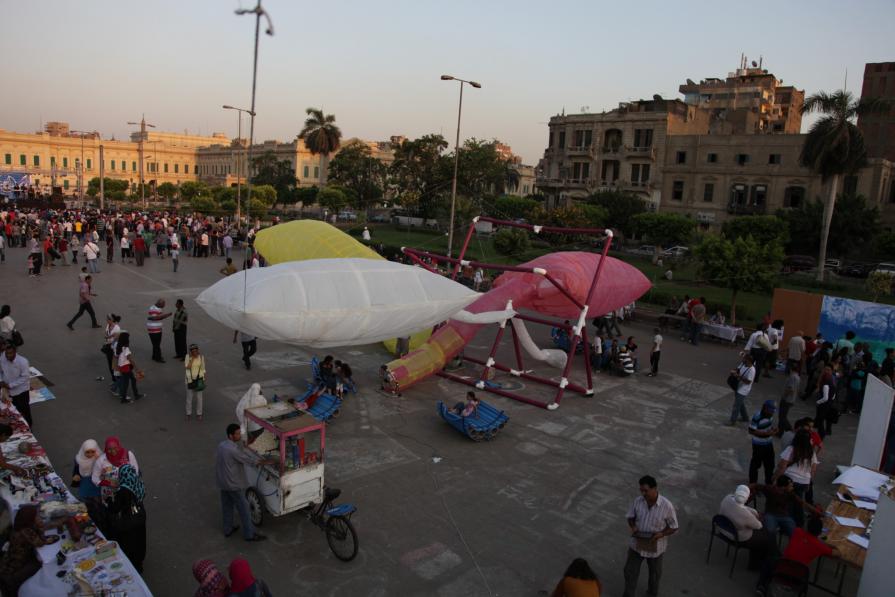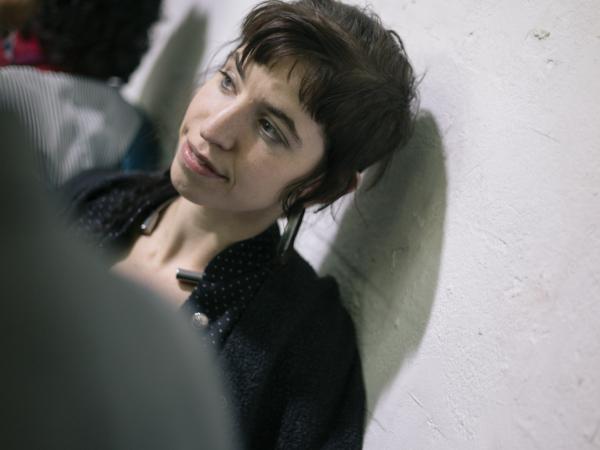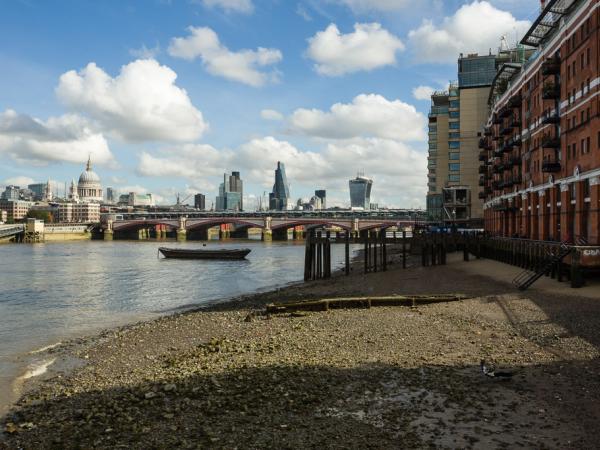USW Cairo
The collapse of the old regime and the temporary breakdown of security apparatus for months, created a condition that is unprecedented, akin to a hypothetical “what-if” scenario of state absence—a condition of flux, whereby former urban orders are being contested and often dismantled, while alternative structures are still in a state of becoming. In the interim period, the streets of Cairo are awash in a sea of seemingly amorphous informality. Individuals and communities in every neighbourhood are taking advantage of such temporary power vacuum and maximizing their gains by encroaching upon, or reclaiming public space, the manifestations of which range from the simple “occupation” of streets and sidewalks by vendors and peddlers; the extension of premises and residential buildings into public domains; “informal” traffic regulations; to radical city-scale interventions along highways and other infrastructures, such as the construction of a ring-road exit by local communities to serve their neighbourhood, hitherto excluded and disconnected.
These patterns of informal encroachment on public space are fostered by a newly forged subjectivity—individuals and communities are emboldened by a sense of empowerment and ownership of their city and right to its public space, the structuring process of which they had long been denied access and participation. This could be measured by the proliferation of urban initiatives, street committees and neighbourhood coalitions in every part of Cairo: advocacy and rights groups, street fairs and public art collectives, design-build workshops in public spaces, blogs, journals and critical social media, interdisciplinary academic seminars on the city’s broader issues, and a flood of international funding and institutional support for such initiatives. What they all share is an increasing engagement with a broader constituency and heightened sense of civic responsibility beyond their narrow disciplinary and institutional boundaries.
In June 2012 Basurama was invited by the Spanish Embassy in Egypt to make an intervention in Cairo, in order to explore the posibilities of this new context in public space. In collaboration with the Cairene architecture office Cluster, Basurama made a research of the local resources and low cost materials that can be found, from the traditional markets to the Zabbaleen's (informal garbage collectors in Cairo) facilities.
Along three weeks, Basurama and Cluster worked with a group of young architects, designers, engineers, artist and actors, in the designing of a mobile installation with these materials, that could activate temporaly different places of the city.
The result was an open and flexible scenario, equipped with a roof to protect from the sun by day and lights to be lit at night. Made with very basic tools and simple techniques. This methodology allows others to copy, improve or repair the original design without too many resources.
Basurama’s interventions were meant to establish a dialogue with public space, that is dynamic and fluid, as well as urban citizens, already active and engaged. Lessons learned from informal interventions and, reuse of materials, were thus mutual and instructive.







Commenti 0
Inserisci commento